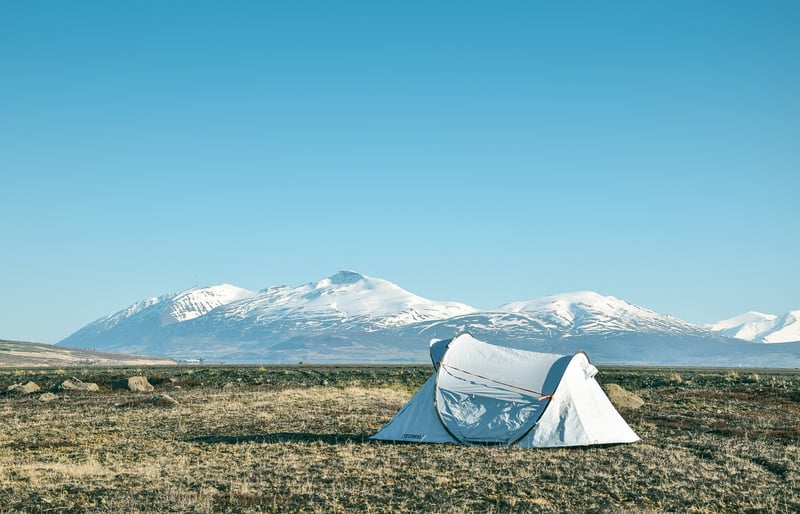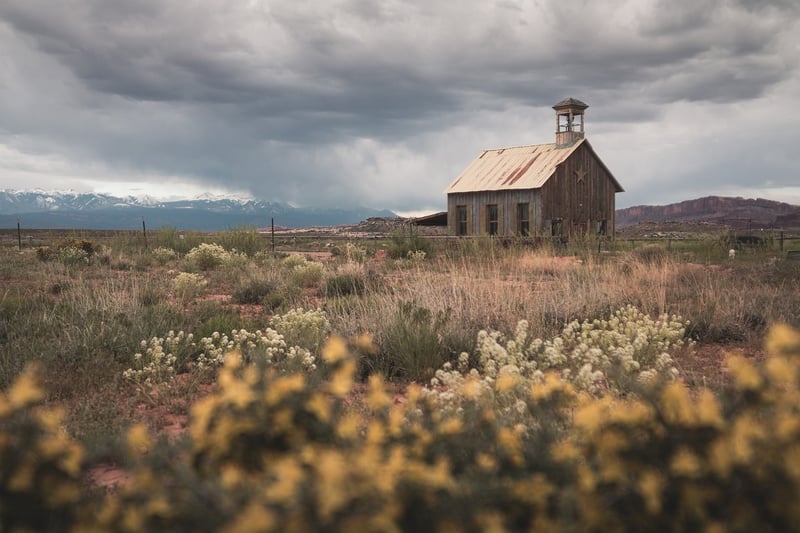Build shelter
Test Your Survival Skills: Building a Shelter in the Wilderness
When venturing into the great outdoors, having the knowledge and ability to build a shelter can be a crucial skill for survival. Whether you're lost in the wilderness or simply looking to test your survival capabilities, constructing a shelter can provide protection from the elements and keep you safe. In this guide, we'll explore the basics of building a shelter in a wilderness setting.
Types of Wilderness Shelters
There are various types of shelters you can construct depending on the materials available and the environment you find yourself in. Some common wilderness shelters include:
- Lean-to: A simple shelter consisting of a slanted roof supported by two trees or poles.
- Debris hut: Constructed by creating a framework of branches and covering it with leaves, grass, or other natural materials.
- Tarp shelter: Using a tarp or other waterproof material to create a quick and effective shelter.
- Snow cave: Ideal for snowy conditions, digging into a snowbank can provide insulation and protection.
Steps to Build a Wilderness Shelter
- Location: Choose a flat, elevated area away from hazards like falling branches or flooding.
- Framework: Gather sturdy branches or saplings to create the basic structure of your shelter.
- Covering: Use leaves, pine boughs, or a tarp to cover the framework and provide insulation.
- Insulation: Add additional layers of leaves, grass, or clothing inside the shelter for warmth.
- Entrance: Construct a small entrance to retain heat and provide ventilation.
Benefits of Building a Shelter
Building a shelter in the wilderness offers several advantages, including:
- Protection from wind, rain, and snow
- Retention of body heat in cold environments
- Privacy and a sense of security
- A focal point for signaling rescue teams
Remember Safety First
Before attempting to build a shelter in the wilderness, prioritize safety. Always inform someone of your plans, carry essential survival gear, and be aware of your surroundings. Practice building shelters in a controlled environment before testing your skills in a real-life survival situation.
Test Your Skills Today!
Ready to put your survival skills to the test? Head out into nature, find a suitable location, and challenge yourself to build a wilderness shelter. Remember, practice makes perfect, and being prepared can make all the difference in a survival scenario.

Stay safe and enjoy the adventure!
